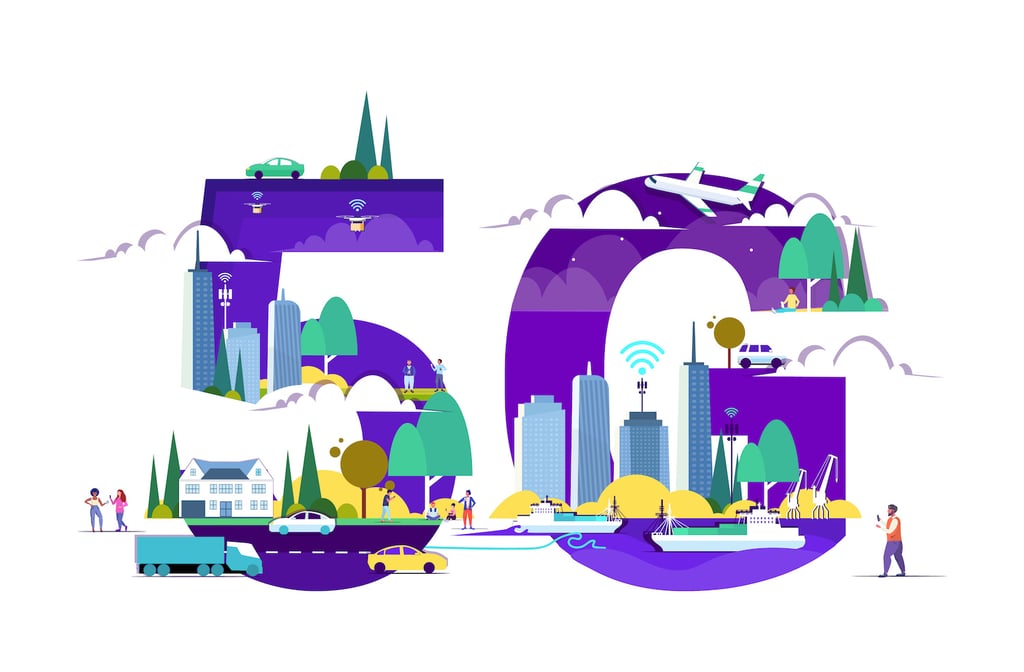
9 Successful Digital Disruption Examples

The Consumer Electronics Show (CES), held early every January, lets everyone know what will be the hot topic for at least the first part of the year. The year is front-loaded because even announcements not technically made at the Las Vegas show are pushed ahead because the big convention is happening.
For 2017, it’s no surprise that the one of the high-profile items is 5G.
AT&T mapped out its 5G roadmap for the year ahead; it will pursue fixed and mobile solutions and is working with more than 12 companies on standards. AT&T will continue to deploy LTE-Advanced, which it positions as a precursor to 5G. It will conduct a 5G video trial with DirecTv Now during the first half of the year. The company said that it will follow what it said was the first business trial in Austin in collaboration with Intel and Ericsson.
The next step is trials of mobile and fixed wireless during the second half of 2017 with Qualcomm and Ericsson. The press release claims that the trials will be the first of the radio specification that is expected to be promulgated by the 3rd Generation Partnership Project (3GPP).
Intel announced what figures to be an important 5G modem. The not too creatively named Intel 5G Modem is, according to the company, the first to offer a baseband chip that supports both mmWave and sub-6 GHz bands. Intel’s aim is for the modem to be used in trials and in early deployments in sectors including automotive, home broadband and mobile. The modem will be available in sample form during the second half of the year, according to the press release.
Everyone agrees that 5G will be big. How that actually “will look,” however, is difficult to say. Phil Marshall, the chief research officer for Tolaga Research, suggests that different markets will react differently. Areas where there is a great deal of interest in new techniques may not react as staid markets will. There also is the issue of whether the real money in 5G will be made by extending the types of services now available or going after unproven revenue streams, such as the “tactile” internet. The bottom line? Companies need to be careful and meticulously plan their entry into the market. That’s a tall order because the technology itself is nowhere near ready.
At this point, there is a rhythm to technical innovations. They start in the tech sites and get taken over by marketers. Thus, they jump ahead and become household names well before they truly are ready. It is simply impossible to rush physics. That is the stage that 5G is in now — that in-between time of the technology catching up to the hype, as this Financial Times piece suggests:
Qualcomm chief Stephen Mollenkopf has made 5G the theme of his keynote speech this week, while other chipmakers are also expected to be pushing the technology. 5G promises faster data speeds at lower latency and lower power consumption. While beneficial to smartphones, 5G could be transformational in automotive, virtual reality and the internet of things. However, consumers will probably have to wait several years before it becomes widely available.
By the time of next year’s CES, the vendors may have rollouts of more substance to discuss.
Carl Weinschenk covers telecom for IT Business Edge. He writes about wireless technology, disaster recovery/business continuity, cellular services, the Internet of Things, machine-to-machine communications and other emerging technologies and platforms. He also covers net neutrality and related regulatory issues. Weinschenk has written about the phone companies, cable operators and related companies for decades and is senior editor of Broadband Technology Report. He can be reached at cweinsch@optonline.net and via twitter at @DailyMusicBrk.











